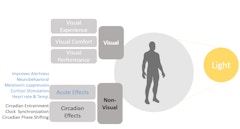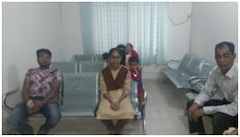
Skin Deep: Health, Wellness, and the Facade System
Here we are, a full year after the initial COVID-19 surge rocked the United States. It’s hard to believe we’ve been living through the pandemic for a full year at this point; and yet it also feels like it’s been multiple years. We are beginning to see glimmers of hope on the horizon as more people..










